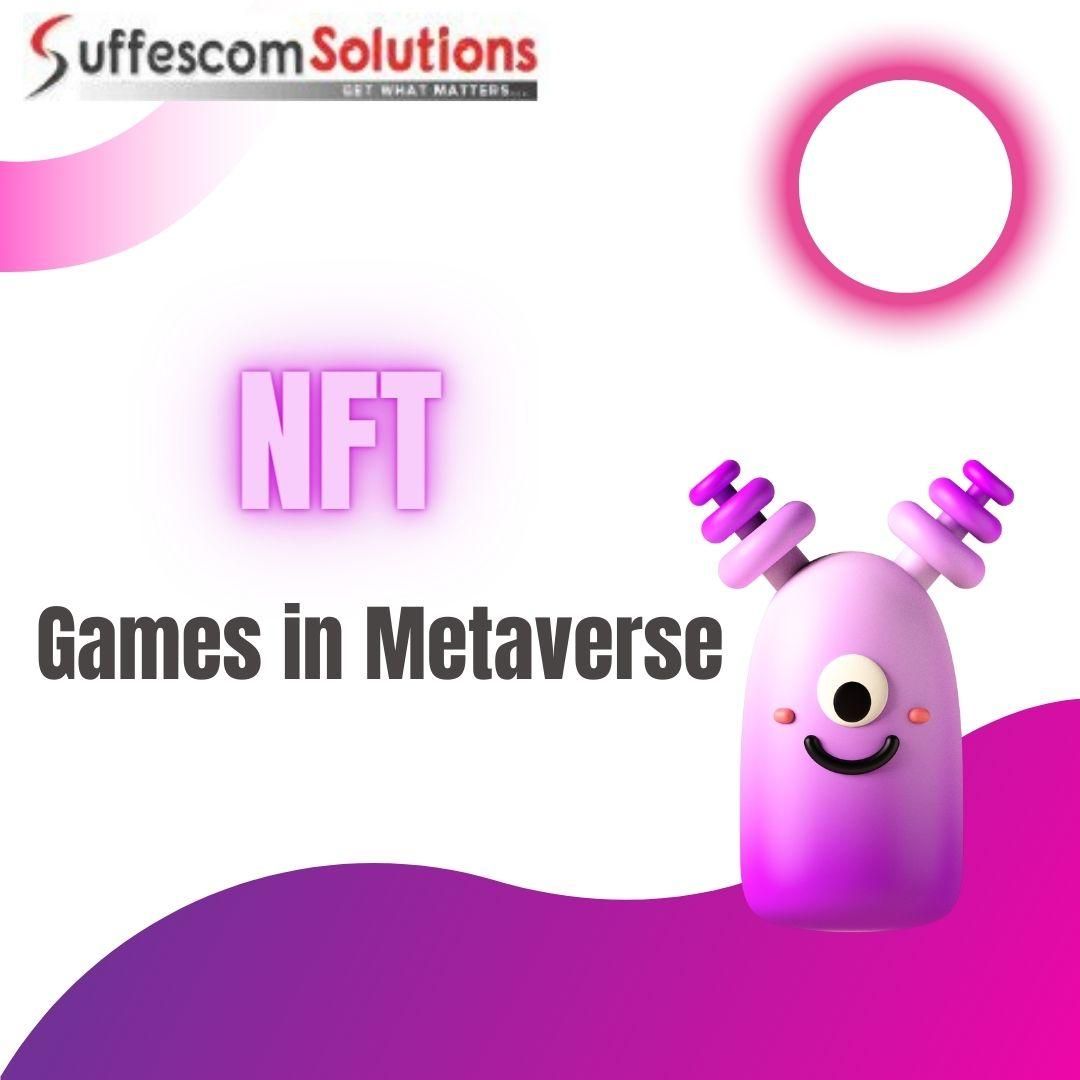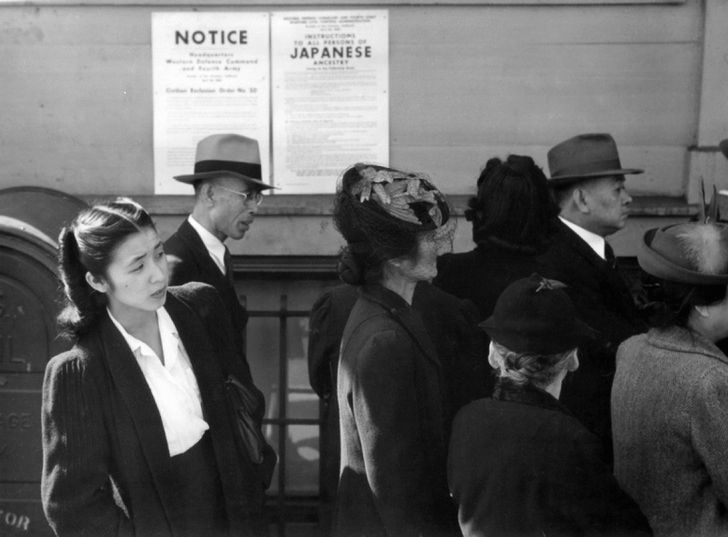Using Web3 technology and money, the gaming industry has come up with a new concept called GameFi. GameFi is a cryptocurrency and non-fungible token accumulation mechanism designed for gamers and developers. Metaverses, or virtual worlds, are widely used to host these games.
Gamers and developers can connect in a decentralized GameFi environment. Gamers are happy to cooperate with producers in developing engaging and immersive experiences. Tokenomics is a concept used to describe the distribution of value created by "in-game tokens" and NFTs to various stakeholders.
With GameFi's spectacular rise since Axie Infinity's, the traditional gaming industry has been steadily crumbling. Because it gives the potential to make money while having fun, it lures gamers. Which aspects of classic videogames are absent from GameFi? Let's take a look at how the GameFi will serve as a portal to the Metaverse and the concept of "Play to Earn" gaming.
What does GameFi stand for?
"GameFi" is the result of fusing the words "game" with "financial." This concept refers to games on the blockchain where users can make money by participating. The GameFi ecosystem makes use of blockchain, non-fungible tokens (NFTs), and cryptocurrencies to provide a virtual gaming experience.
Completing chores and engaging in combat with other players are the most prevalent methods of earning in-game prizes. Outside the game, they can sell and buy their assets on crypto exchanges and NFT marketplaces.
In-game assets, on the whole, give players an advantage and allow them to reap more benefits in the game. On the other hand, avatars and aesthetics have little bearing on gameplay or financial benefits in some video games.
Depending on the game, players can earn rewards by accomplishing duties, engaging in combat with other players, or establishing commercial structures on their plot of land. Some games allow players to make money without actually participating in the game by staking or renting their gaming assets to other players. Consider a few of GameFi's most typical functions.
Working of GameFi: Explained
The reward in GameFi can take on numerous shapes, including bitcoins or in-game commodities like virtual real estate, avatars, weapons, and costumes. It is envision that each GameFi project would have a unique model and game economy. Most in-game assets are NFTs that may be traded on NFT exchanges. Therefore they may be bought and sold. To be able to buy or trade these goods, however, gamers first need to convert the in-game assets into NFTs.
The majority of the time, in-game assets provide players an edge in the money department. Avatars and cosmetics are widespread in video games. However, they aren't necessarily functional.
Depending on the game, players can receive prizes in a variety of ways:
- Fulfilling tasks.
- Combating with other players.
- Constructing constructions that can be sold for money.
While not actively participating in the game, gamers can earn money by staking or leasing their virtual assets to others.
Metaverse Virtual Reality's Entrance Point
Adding a metaverse notion to the GameFi concept has made it much more advanced.
The Sandbox game Decentraland and Upland established the on-chain Metaverse by delivering virtual territories as NFTs, and a rising number of NFT games follow in their footsteps.
Players can create their time machines and gain access to new game features via Metaverse Game Development while out and about.
MMORPG Ember Sword is also working on a game in which the game world is separate into four sorts of land plots. Refineries, residences, and trade exchanges are all built into these sites. A property's owner receives half of the net income generated by the property.
GameFi's Primary Purposes
P2E (Play-to-Earn)
At the heart of our GameFi activities is the unique P2E gameplay format. It is a dramatic departure compared to the traditional video game pay-to-win model. A player must first make a payment to begin playing in a pay-to-play setting. For popular video games like Call of Duty, you'll often have to buy licenses or re-up your membership.
In the vast majority of traditional video games, the developer retains ownership of all in-game assets. Thus gamers obtain no monetary benefit from playing them. While P2P games allow players to keep more of their in-game purchases, they can also present them with methods to generate money.
Do not forget the GameFi projects' choice of model and game design is what determines everything. Even though blockchain technology has the potential to give players complete ownership over their in-game goods, this isn't necessarily the reality. Before participating in a P2E game, learn about the rules and the developers.
GameFi efforts demand the purchase of NFTs or cryptoassets before you can engage in P2E Game Development, even if the games are free to play. Because there are always risks involved, it's imperative that you do your homework and weigh the options. P2E games that require a substantial initial commitment but offer modest rewards are more likely to make you lose your money.
Ownership of Digital Assets
Players can make a lot of money from their virtual assets thanks to blockchain technology, which makes it possible for them to hold digital assets.
Avatars, pets, residences, and a wide range of weapons and gear are all available to players. While this is not conceivable in the regular financial system, it is possible in the GameFi blockchain. Authenticity and prove ownership of assets are guarantee by this strategy.
DeFi Applications
Using some GameFi projects to mine DeFi products and services such as staking and yield farming is feasible. Players frequently stake in-game tokens to get rewards, unlock exclusive items, or gain access to new gameplay levels.
Adding DeFi components to crypto games can also help to decentralize it. In contrast to standard game studios, several GameFi projects let the community be part of the decision-making process for their updates. Decentralized autonomous organizations allow them to propose and vote on new features (DAOs) (DAOs).
NFT Renting Platform
NFTs can be rent from guilds by academics. There are ways to automate the renting process for games, which can then provide it as a SaaS to their NFT holders as a rental option for their games. Some firms are implementing this SaaS feature.
In addition to the passive money collected, NFT owners of GameFi platforms can gain by providing a renting feature. However, the NFT owner faces the threat of not being able to rent out their NFT. Taking on the demand risk is an opportunity for the company. Today's platforms give NFT owners an agreed-upon return and assume the risk of renting out the asset they control (or not).
But the NFT owner will gain less money from the platform than if they were to rent it out directly in this manner. A predetermined return, however, decreases the danger of being without rental revenue for a period. These models are also influencing the development of DeFi value propositions for NFT owners.
Retailers of Video Games
It's becoming increasingly difficult for gamers to sort through all of the different GameFi platforms that appeared in the previous year to select the best one. The top games are choose by gaming marketplaces that scan the terrain and appraise them before making them available on their platform.
It's safe to say that both Web2 and Web3 players can count on them for assistance. As a result of this, some of them are promoting themselves as not only a gaming storefront but also an NFT marketplace. A GameFi marketplace like Rainmaker Games is a perfect illustration of this.
Gaming Guilds
For the most part, consumer-oriented enterprises demand some type of distribution system. It is possible for gaming guilds to act as a distribution network for GameFi platforms. What is their role in P2E, and why is it necessary?
The GameFi platforms sell NFTs to guilds, who rent them out to players (scholars) (scholars). P2E games are popular among scholars, and the guilds that participate in them share in the profits. Renting the NFTs they acquired gives guilds a long-term return on their investment (ROI) (ROI).
What's in Store for GameFi in the Future
New models and modifications of present models will definitely develop in the near future due to the velocity with which this market evolves. Its participants are already considering some further uses for GameFi.
Some platforms, for example, allow users to determine the optimal price for an NFT mint. Others originated as guilds but have since modified or shifted their economic strategy to include a marketplace for video games.
This field is undergoing rapid transformation, and large-scale experiments are being do. The GameFi ecosystem has been explore in full in this article. This is not everything that is engaged in the bitcoin business. The Web3 ecosystem benefits from the involvement of these key players.
Conclusion
Since Bitcoin's invention, people have been attempting to gain BTC earnings by playing basic web games. The emergence of Ethereum and smart contracts has significantly transformed the blockchain gaming environment, enabling more complicated and exciting games. Bitcoin games are still available.
GameFi entices players with the promise of both amusement and monetary gain. As the popularity of blockchain gaming grows, we may expect more significant corporations to invest in the Metaverse.





 mr and mrs potato head
StableDiffusion
mr and mrs potato head
StableDiffusion





